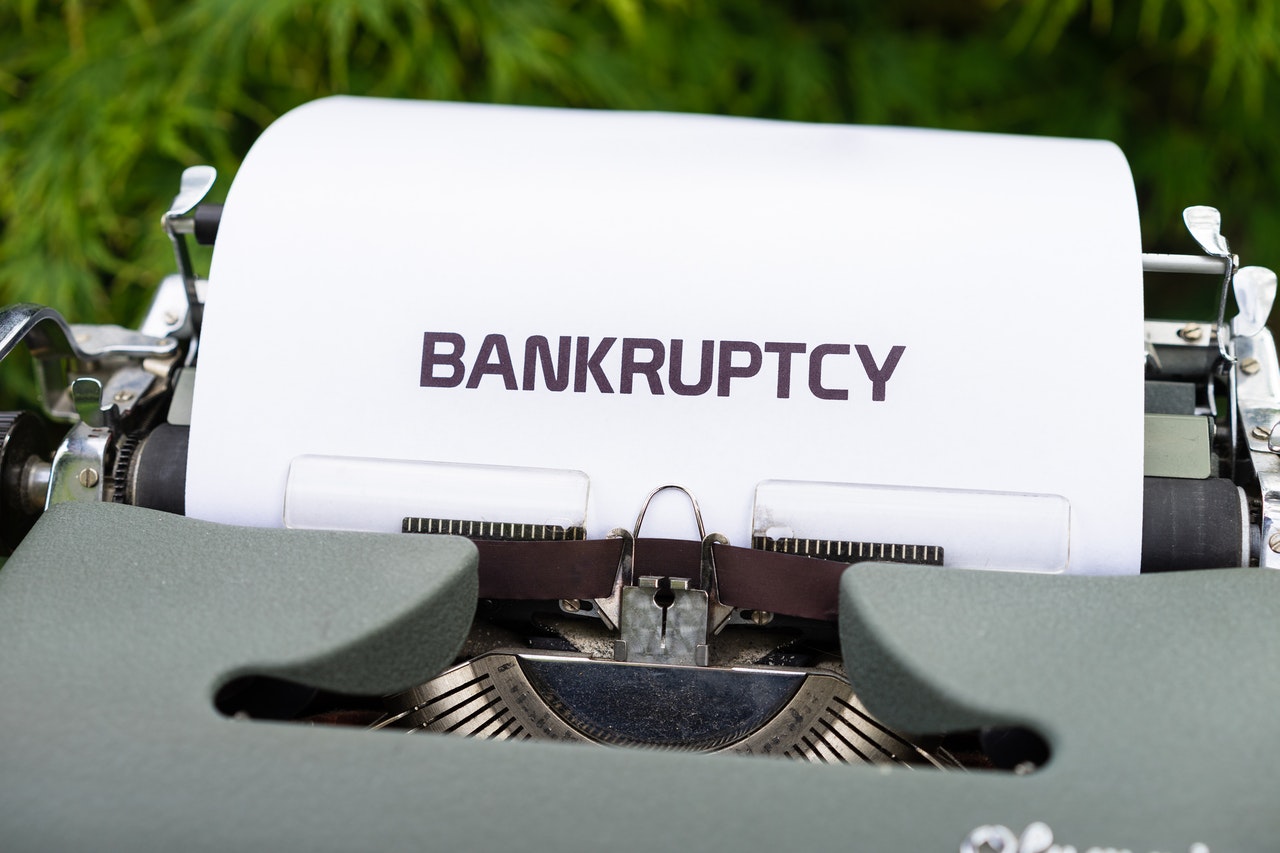After you have worked your way through your bankruptcy, the last step is discharge – the elimination of any remaining obligations for debts that your bankruptcy covers. Automatic discharges without court hearings are the most common outcome. If this happens in your case, your trustee sends the discharge papers to you, and the process comes to an end.
The Different Types of Bankruptcy Discharges in Canada
Automatic discharge is the first type of discharge in Canada. The majority of first- and second-time bankruptcies are still eligible for automatic discharge without an appearance in court. However, in some situations, you have to go to Court to secure discharge from your bankruptcy. In some cases, a creditor may oppose the discharge, or you might not have completed all of the mandatory bankruptcy duties. If you are in your third (or more) bankruptcy, then the trustee has to apply for a discharge application with the court. If you do have to attend court to settle your bankruptcy, then here are the four primary options:
- Absolute discharge. This is the resolution that every debtor hopes for. This involves release from any and all obligation for the debts that you incurred as of the filing date of your bankruptcy. There are some exceptions that receive automatic exclusion, but this is still the most relief that you can receive from these court-based options. Common examples of exceptions include court-imposed fines and penalties, debts that came about because of fraud, student loans (if you were a student within the seven previous years), and spousal or child support payments.
- Conditional discharge. You can still receive an absolute discharge, but you will have to take care of specific obligation first. In many cases, this means that you still have to pay a percentage of your debts.
- Suspended discharge. For all purposes, this is an absolute discharge, but it does not go into effect until a specific date. This can be due to such external factors as criminal investigations that remain pending.
- Refused discharge. This does not happen often, but courts do you have the right to refuse to grant a discharge.
How Bankruptcy Impacts Your Mortgage Applications
Bankruptcy will significantly impact your ability to deal with a traditional lender (a bank or credit union) for any type of credit, and securing mortgage financing will be much more complicated with a bankruptcy on your credit report. Canadian law does not require that you wait a specific amount of time before applying for a mortgage after bankruptcy discharge, but the more time goes by (and the more work you have done to improve your credit score), the likelier your chances of approval.
However, there is another option to look at before declaring bankruptcy – the consumer proposal. This involves you going to your creditors and proposing a partial repayment. You don’t have to surrender assets, as you would commonly have to in cases of bankruptcy.
Benefits of Consumer Proposals over Bankruptcy
Both bankruptcy and consumer proposals require the consultation of a Licensed Insolvency Trustee (LIT), and the best way to find out if a consumer proposal is better for you is to talk with an LIT to go over your individual financial situation and help you choose between the options.
It is worth noting that consumer proposals are less serious forgiveness programs than bankruptcies are, and they end up helping both you and your creditors. Bankruptcy has a much more significant impact on your credit score and ends up giving far less back to your creditors. Here are the primary general advantages of a consumer proposal as opposed to bankruptcy:
- Flexible and affordable monthly payments. With a consumer proposal, you pay back a part of your debt over an extended time period. The maximum time period is five years, which can help with low monthly payments.
- Less significant impact on your credit score. Both a bankruptcy and a consumer proposal will impact your credit score, but consumer proposals do less damage and come off your credit report much sooner. Bankruptcies stay on the report for six to seven years after you have finished them, but consumer proposals just stay there for six years after the initial filing or for three years after completion.
- You get to keep your assets. If you have a home or an expensive vehicle, consumer proposals keep them separate from the repayment agreement. Bankruptcy can put those assets at hazard, along with tax refunds and investments.
- Your payments remain the same. If you’re in bankruptcy, making regular payments, and your income increases, so can your amount due. In a consumer proposal, that payment does not change.
Once discharged from Bankruptcy, Amansad Financial Services may have options available. In rare cases, a Private Mortgage may be an option to exit out of Bankruptcy provided there is cooperation. The Alternative to a Bankruptcy is a Consumer Proposal which provide you with more finance options.

